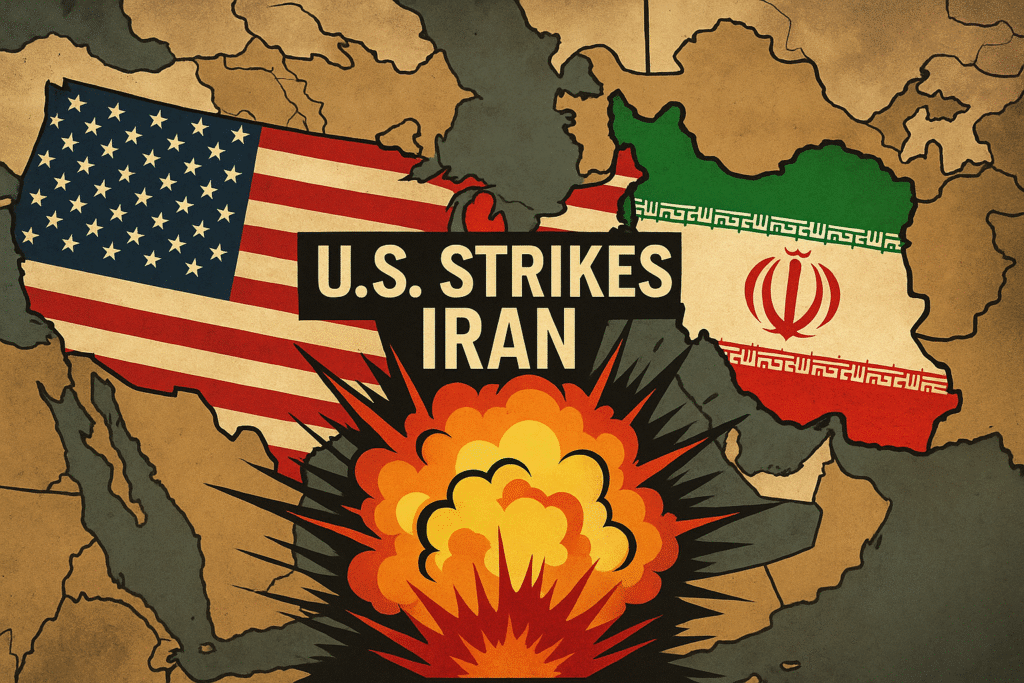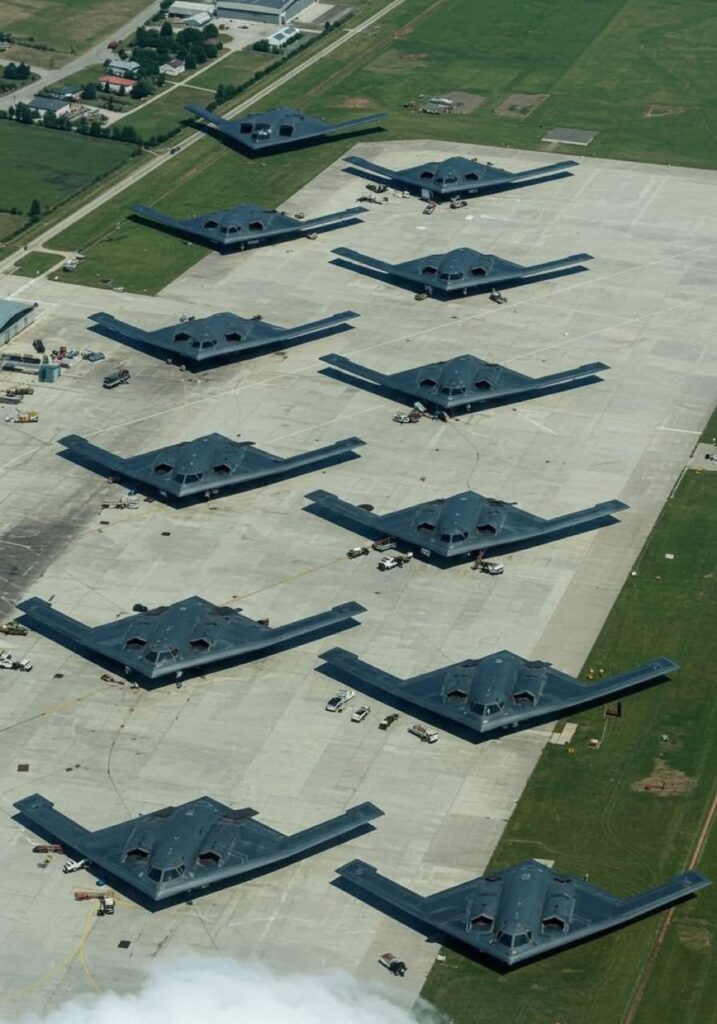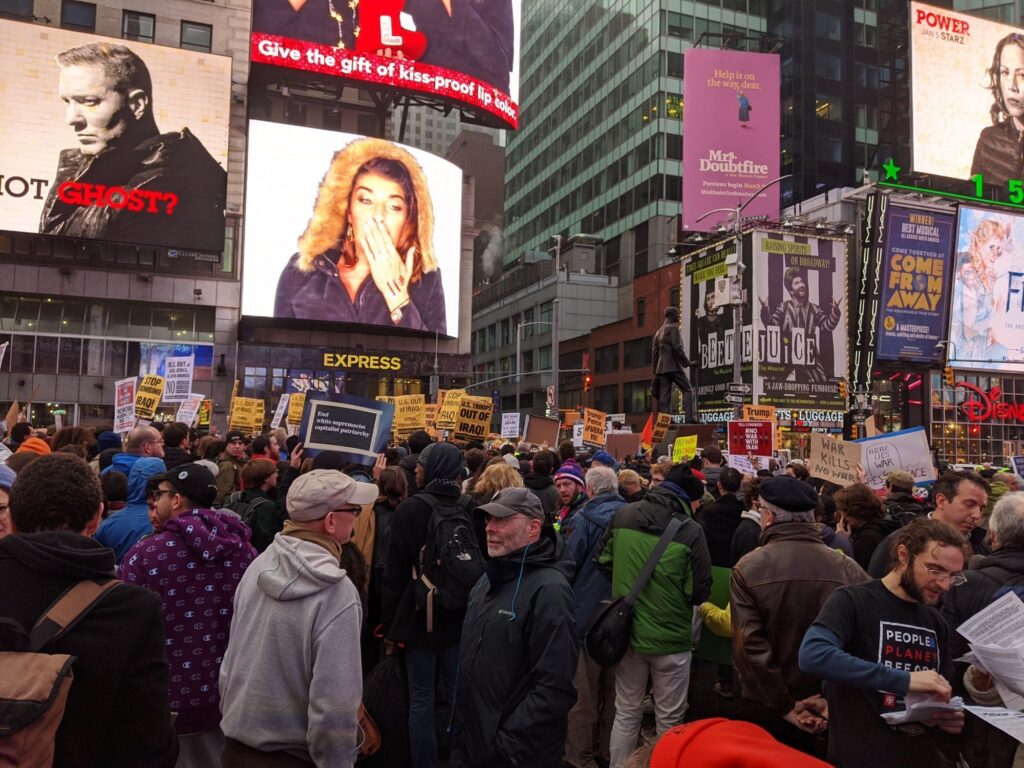Author: Najeeb ustad
Headline:
A New Chapter in Middle East Tensions: The United States Attacks Iran
Introduction

Middle East tensions are at an all-time high once more. In reaction to growing hostilities, including Iran’s participation in regional proxy conflicts and its suspected engagement in attacks on American allies and assets, the United States has initiated a direct military offensive on Iranian military sites. The long-running war between Washington and Tehran has dramatically escalated with the strike.
What Occurred: The Specifics of the Attack
American forces launched a series of airstrikes against important Iranian military installations.
According to reports, the main objectives were:
• IRGC (Islamic Revolutionary Guard Corps) bases
• Facilities for storing missiles Sites for communications and radars; drone launchers employed in local assaults The Pentagon attested that the attacks were “measured and precise” and intended to weaken Iran’s ability to carry out more assaults. The action did not result in any reported injuries to U.S. personnel.
A wider regional conflict including allies like Israel, Hezbollah, and potentially even Russia through diplomatic channels has been sparked by Iran’s response, which has promised “severe retaliation.”
Why Did the U.S. Strike Now?

Tensions in the Middle East have been growing for weeks before to this attack. Several triggering elements are identified by analysts: Iranian support for militant groups in Gaza, Yemen, and Lebanon; repeated Iranian drone and missile attacks on American bases in Iraq and Syria; intelligence reports indicating an impending threat to American embassies and interests; and political pressure on the United States to “take decisive action” before Iran escalates further Official statements claim that the strikes were a defensive measure meant to avert a war rather than initiate one.
Reaction Within the U.S.
According to the White House, the measure is “legally justified” and essential for maintaining national security. President [insert name] stressed that the strike was intended to protect American personnel and friends, not to overthrow the current leadership.
Public Opinion:
The military strike has elicited conflicting responses from Americans. According to opinion polls and media coverage of public sentiment:
• The attack’s backers assert that the United States needs to safeguard its interests and prevent Iran from causing regional instability. This, according to many, demonstrates “strength” and discourages future aggression.
• Opponents, including as peace groups and veterans of the war, worry that this could spark another protracted conflict like the ones in Iraq and Afghanistan.
• Concerns about the economic effects, particularly rising oil costs, defense expenditures, and the security of US embassies abroad, are becoming more widespread

Another conflict is not necessary. At a peace demonstration in New York, one demonstrator declared, “We need diplomacy, not destruction.”
Iran went too far. The former defense official tweeted, “The U.S. had to respond or lose credibility.”
Global Reaction
• The U.S. action has been hailed by Saudi Arabia and Israel as a daring response to Iranian aggression.
• China and Russia have called for discussion and caution in response to the strike.
• To deal with the escalating crisis, the UN Security Council has called an emergency meeting.
What’s Next?
Now the entire world is watching. Future main worries:
• Will Iran use force in retaliation?
• Are American forces in the area going to be targeted? Why Is a full-scale conflict still avoidable through diplomatic channels?
The next 48 to 72 hours are crucial, experts warn. Even while both countries say they don’t desire war, a mistake or provocation could go horribly wrong.
